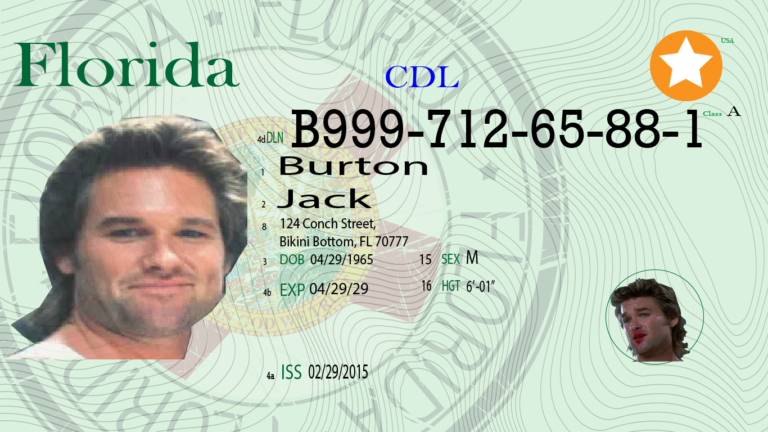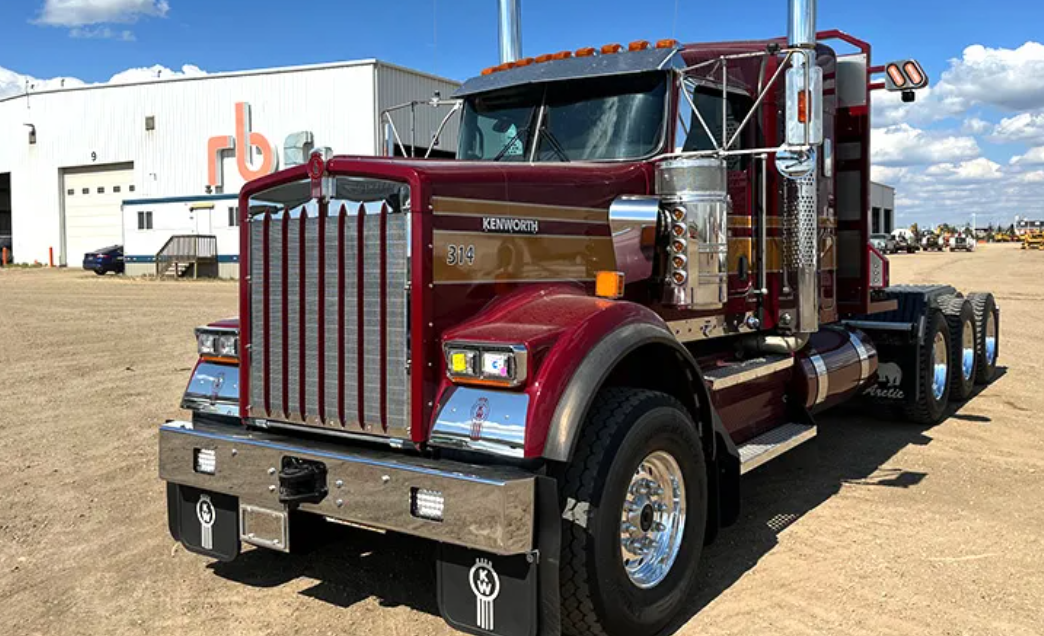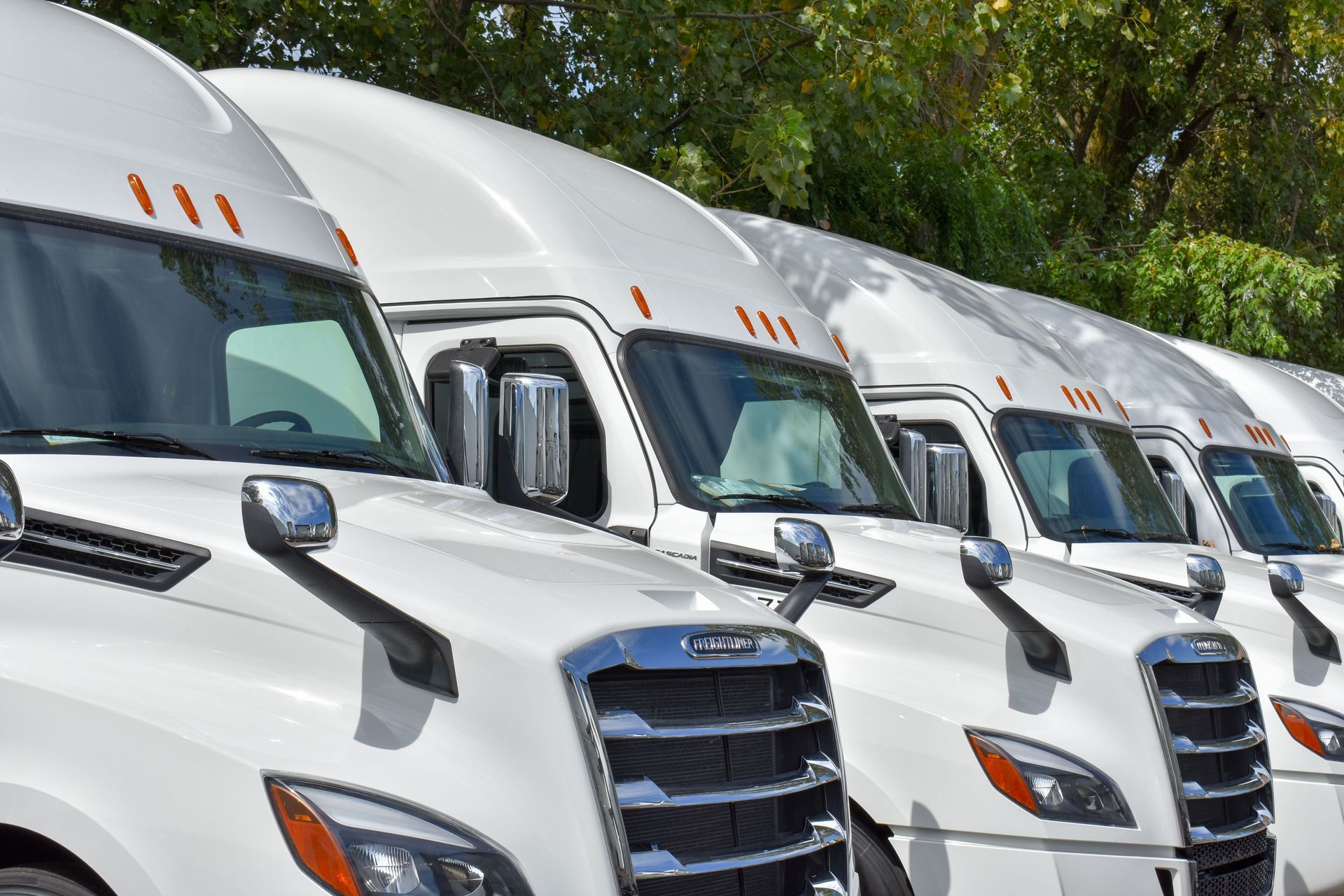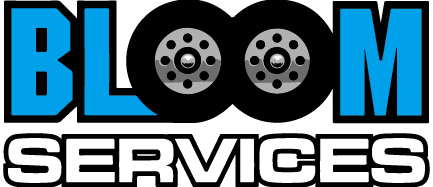
A commercial driver’s license (CDL) is a special license required for individuals who drive commercial vehicles for a living. There are three classes of CDLs – Class A, Class B, and Class C – and each type of license corresponds to a specific type of vehicle and operation. In this article, we’ll explore the different types of CDLs in detail.
Class A CDL
A Class A CDL is required to operate any combination of vehicles with a gross combination weight rating (GCWR) of 26,001 pounds or more. This includes any vehicle with a GVWR of 26,001 pounds or more towing a trailer with a GVWR of more than 10,000 pounds. Examples of vehicles that require a Class A CDL include tractor-trailers, tanker trucks, and livestock carriers.
To obtain a Class A CDL, applicants must pass both a written knowledge test and a skills test. The skills test includes a pre-trip inspection, a basic control skills test, and an on-road driving test. The on-road driving test for a Class A CDL includes coupling and uncoupling, shifting gears, and backing up with a trailer.
Class B CDL
A Class B CDL is required to operate any single vehicle with a GVWR of 26,001 pounds or more, or any such vehicle towing a trailer with a GVWR that does not exceed 10,000 pounds. Examples of vehicles that require a Class B CDL include buses, box trucks, and dump trucks.
To obtain a Class B CDL, applicants must pass both a written knowledge test and a skills test. The skills test for a Class B CDL includes a pre-trip inspection, a basic control skills test, and an on-road driving test. The on-road driving test for a Class B CDL includes basic vehicle control and maneuvering, such as turning, stopping, and backing up.
Class C CDL
A Class C CDL is required to operate any vehicle that is designed to transport 16 or more passengers (including the driver) or any vehicle that is used to transport hazardous materials. Examples of vehicles that require a Class C CDL include small buses, limousines, and certain types of delivery trucks.
To obtain a Class C CDL, applicants must pass a written knowledge test and, in some cases, a skills test. The skills test for a Class C CDL varies depending on the type of vehicle being operated. For example, if the vehicle is designed to transport passengers, the skills test will include passenger loading and unloading, pre-trip inspections, and basic vehicle control. If the vehicle is used to transport hazardous materials, the skills test will focus on the safe handling and transport of those materials.
Endorsements
In addition to the three classes of CDLs, there are also endorsements that drivers can obtain to further specialize their skills. Endorsements are additional certifications that allow drivers to operate certain types of vehicles or perform specific types of operations. Some common endorsements include:
- Hazmat endorsement: Allows drivers to transport hazardous materials.
- Tanker endorsement: Allows drivers to operate tanker trucks.
- Passenger endorsement: Allows drivers to operate vehicles designed to transport passengers.
- Double/triple trailer endorsement: Allows drivers to tow multiple trailers.
In conclusion, commercial driver’s licenses (CDLs) come in three different classes – Class A, Class B, and Class C – each of which corresponds to a specific type of vehicle and operation. In addition to the classes, there are also endorsements that drivers can obtain to further specialize their skills. It’s important for drivers to obtain the correct type of CDL for the vehicle they’ll be operating and to obtain any necessary endorsements for their specific job requirements.
Bloom Services, Inc
Here at Bloom, we provide both Volvo 860s and Freightliner Cascadias on our Rental and Lease-Purchase Program. If you have a Class A CDL and two years of experience, Bloom Services is hiring OTR truckers. Our drivers take home $3,000 + a week after all expenses.



office & Parking depot
5120 Belmont Rd Unit K, Downers Grove, IL 60515, USA
Hours of operation
Mon - Sun: 7am-5pm
